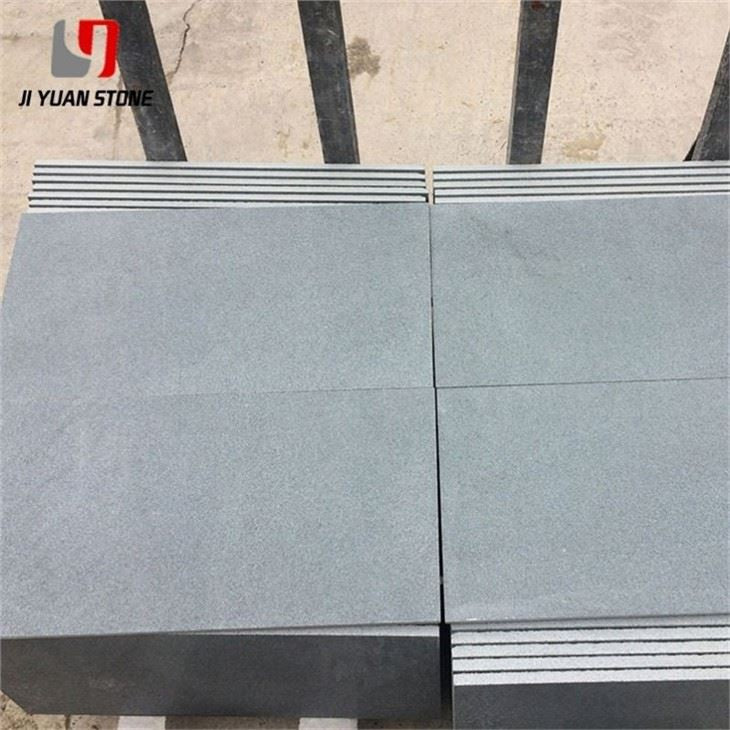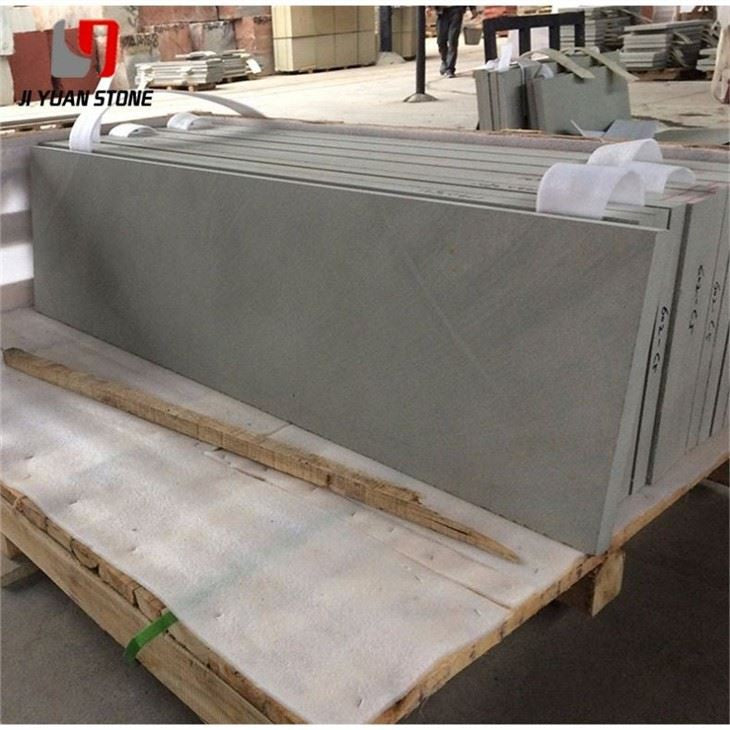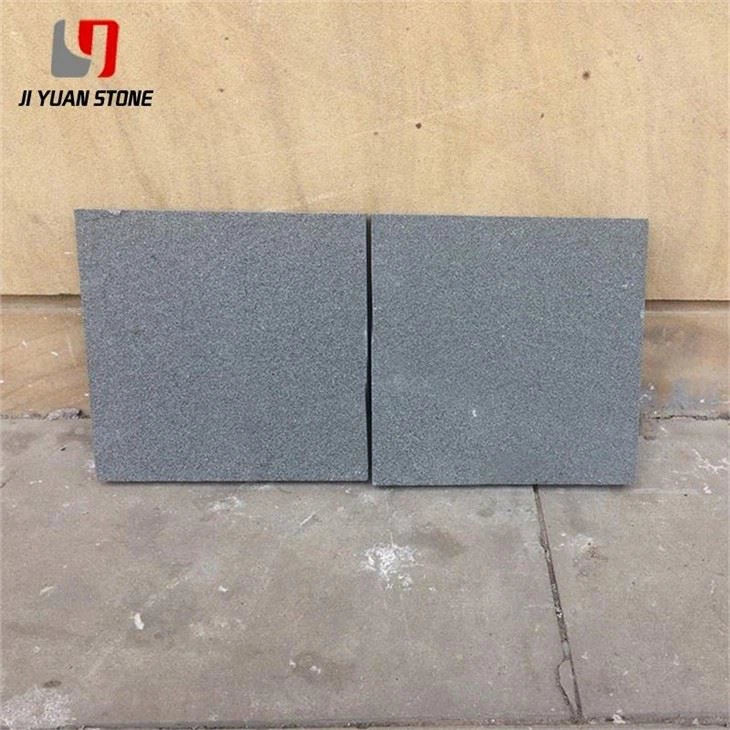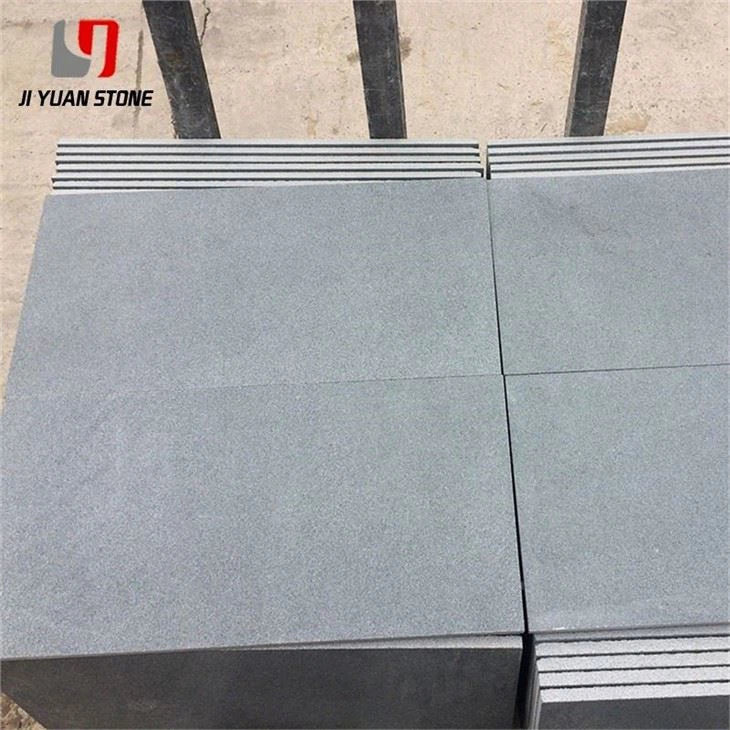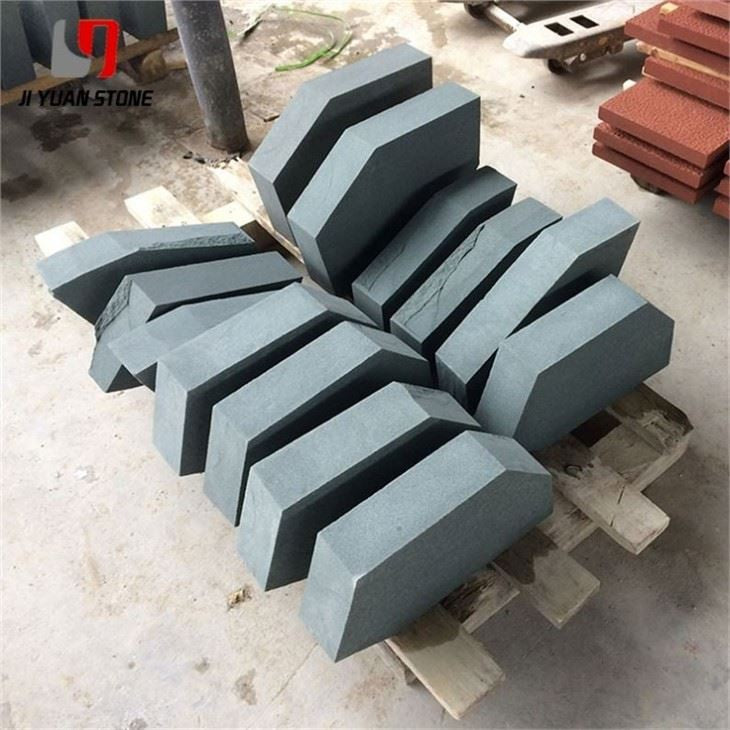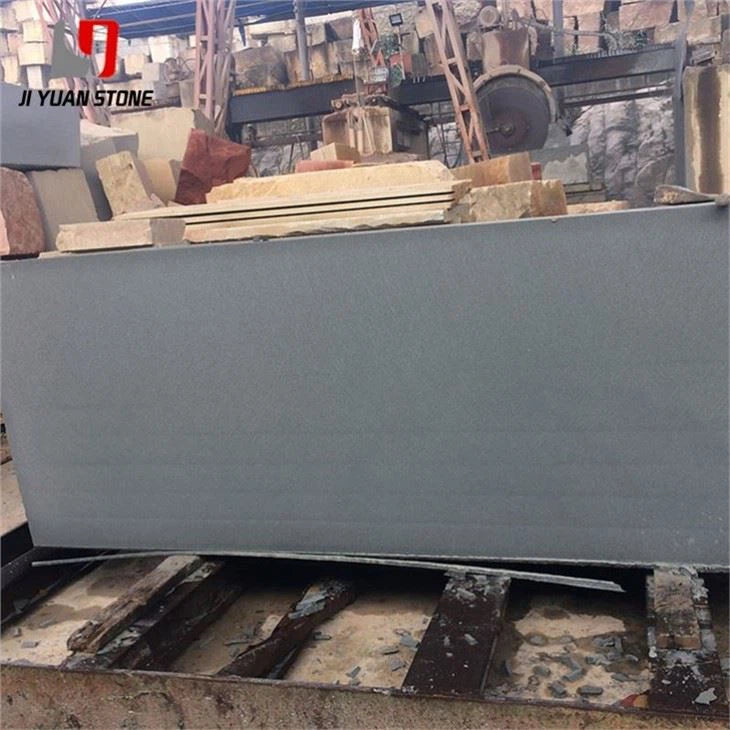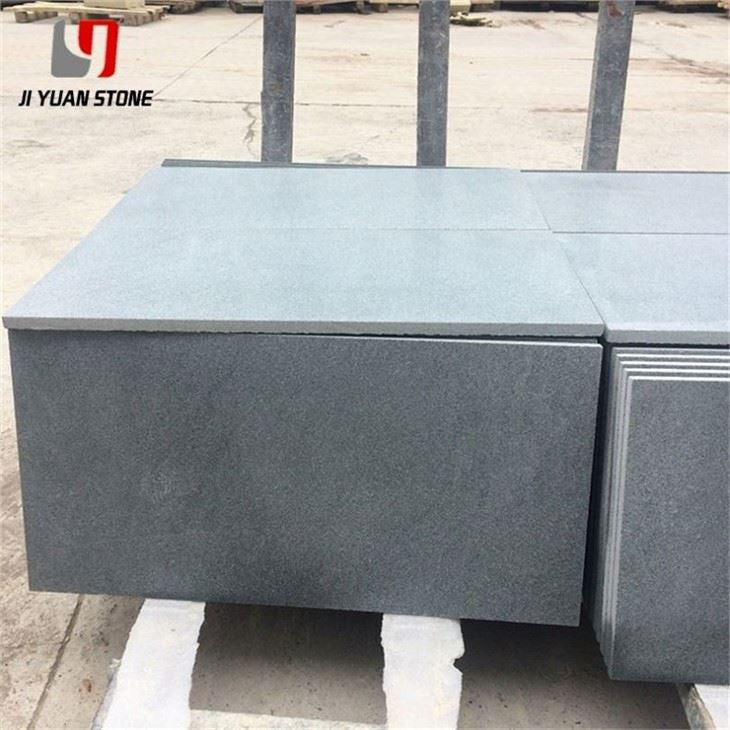Gray Sandstone
Gray Sandstone
Gray Sandstone is a durable, natural stone that adds a sophisticated touch to any space. Its cool gray color and unique texture make it a versatile choice for both indoor and outdoor use. With its strength and beauty, Gray Sandstone is the perfect choice for any design project.
| Feature | Details |
|---|---|
| Material | Natural Sandstone |
| Surface Finished | Honed,Flamed,Bush-hammered,Brushed,Nature,Mushroom,Sawn etc |
| Finished Products | Floor tiles, Wall cladding, Countertops, Windowsills, Special-shaped tiles, Small slabs, Swimming pool, steps, wall panel, flooring, veneers, slabs, coping tiles, etc |
| Color | Yellow,black,white,red,purple wood,green,grey,rainbow etc |
| Finished | Honed, Split, Sandblasted, Sawn, Antiqued, Pineapple, etc. |
| Dimension |
|
| Usage | Interior & Exterior Decoration |
| Quality Control |
Thickness Tolerance:+/-0.5mm,+/-1mm; All Products Checked by Experienced QC |
| MOQ | Welcome Small Trail Orders |
| Size | Customized Pls contact us for the newest catalog of sandstone,marble,granite,quartz,mosaic,limestone,travertine etc |
| Sample | Contact Us For Free Samples |
| Package | Standard Exporting Seaworthy Package ( Inner: Plastic Film and Foam; Outer: strong seaworthy wood Crates or Pallets.)Payment |
| Payment | T/T, L/C, Escrow, Western Union |
| Delivery | Within 2 Weeks After Deposit |
Multi-Mineral Structure and Pollution: A Chemical Perspective
The more gray sandstone is washed, the dirtier it becomes! This counter intuitive effect stems from its complex mineral composition and interactions with environmental pollutants.
Ordinary dust pollution may be tolerable, but chemical factors go beyond mere contamination—they can lead to serious stone deterioration, including rust stains, discoloration, and cracks.
Mineral Composition and Chemical Reactions
Gray sandstone contains a complex mix of calcium, iron, magnesium, and potassium, making it highly reactive to environmental elements. Water (H₂O), although neutral, acts as a weak electrolyte, capable of ionizing small amounts of H⁺ and OH⁻. This slight oxidation allows water to react with minerals in the stone, accelerating deterioration.
Furthermore, pollutants carried by water—whether acidic or alkaline—easily interact with the mineral elements in gray sandstone. These chemical reactions can result in various forms of damage, such as yellowing, rust formation, and surface staining.
Temperature Effects: Cracking in Winter
When temperatures drop below 0°C, water trapped inside the stone freezes and expands, increasing in volume by about 1/10. This expansion creates internal pressure, leading to cracks in the gray sandstone. Over time, repeated freeze-thaw cycles worsen the damage, compromising the stone's structural integrity.
Share
